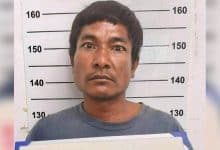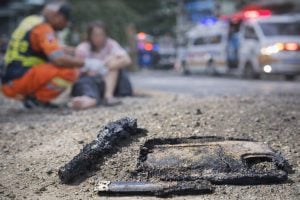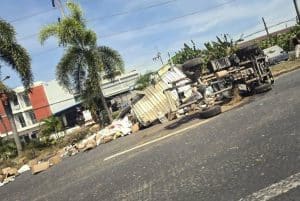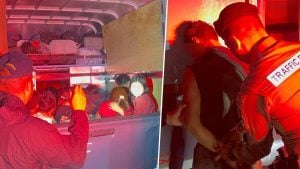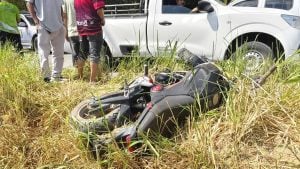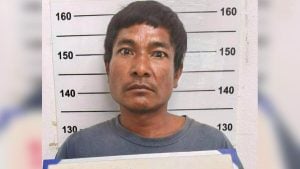The ‘war on drugs’ is a complete failure
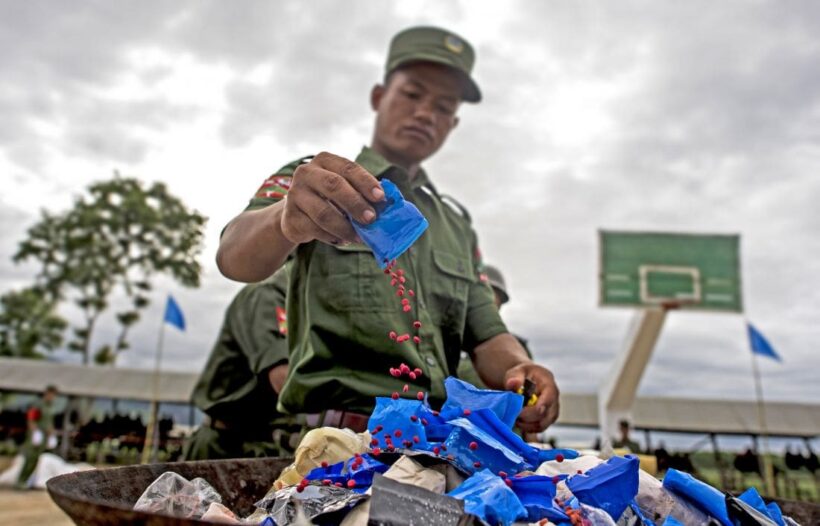
Authorities are losing the war against methamphetamines – pills and crystal meth.
The demand for both crystal meth and ‘yaba’ is escalating as is the production to meet the increasing demand. The much-publicised ‘Wars on Drugs’ being waged from time to time in south east asian countries are doing little dent the rising popularity and production of the drugs, whilst thousands lose their lives in extra-judicial killings, legislated by governments.
The cynical political point-scoring from these ‘wars’ might be boosting the ‘tough guy’ reputations at regional polls but doing very little to prevent the drugs from getting through, indeed in greater numbers.
Meth, in all its forms, has become the dominant drug of choice across the south east asian region. It’s not a drug of the poor and desperate, it reaches into all classes, ages and gender.
Methamphetamine is a synthetic drug. It’s made in a lab using chemicals and doesn’t require drug makers to cultivate crops, such as poppies, as is the case with heroin. Large swathes of agricultural land are hard to hide. A meth-lab is much smaller and easier to hide. They’re also built so they can be dismantled and moved quickly when the ‘heat is on’.

The majority of meth production is still happening deep in the jungles of the infamous Golden Triangle, a lawless area which crosses the borders of Thailand, Laos and Myanmar. Drug enforcement experts admit it’s easy to conceal drug production in the jungles and move it on at short notice. They’re sophisticated organisations, fully teched-up and able to remain one step ahead of enforcement. They are well-armed and able to protect their assets if the need be.
Meanwhile the new Belt and Road initiative – China’s reach out from it borders with loans for trade infrastructure – is enabling the movement of these illicit drugs on new roads and railways, cutting through areas that were earlier unpassable. Beijing has already spent up big in Myanmar where it has poured billions to connect China’s landlocked Yunnan province to the nearest port cities in Myanmar, Vietnam and Thailand. More trade through these regions, and people movement, is helping mask the movement of the drug shipments.
Regional police trumpet the seizures of huge hauls of pills each week. The numbers are staggering, often counting in the millions, truckloads with sacks of these drugs. Of course the small-time couriers are nabbed and arrested, the police get their ‘selfie’ and the governments rest easy at night thinking they are winning the war.
They’re not. Not even close.
Profits of hundreds of millions of dollars, are being intricately laundered through trans-border officials, shelf companies, international banking and abuse of lax legislation, enabling it all to happen.
The organisations are tech-savvy, are willing to sacrifice a few million tablets and drug mules, and operate out of corporate offices – they’re modern business people providing a product to fill a need.
John Coyne, a former head of strategic intelligence with the Australian Federal Police and now works on border security at the Australia Strategic Policy Institute, says the methamphetamine situation is a perfect storm.
“It’s pushing Southeast Asia into what could be in time a methamphetamine epidemic,” John said in a CNN interview.

Whilst Thai and Laos drug authorities believe they have a broad understanding of the operations in their sections of the Golden Triangle, a large portion of the meth seized, headed for the Asia Pacific region, can be traced to Myanmar’s northern Shan State, an area where militias and warlords run the shop, thousands of kilometres away from the prying eyes of central governments.
The regions are run by quasi politico-military organisations that have been shunned by their country’s mainstream politics.
Amid the manufacture of meth in the Shan state, there is also an ethnic struggle for land, a good poppy-growing climate and little law enforcement. The UWSA (United Wa State Army), one of the leading ethnic factions in the region, is accused of funding their armed struggle against Myanmar’s government with their huge profits from meth production (and earlier heroin and opium in past decades).
The statistics are staggering. It only took five months for seizures in Malaysia and Myanmar this year to surpass the 2017 totals. In Thailand, seizures of drugs (and the almost daily selfies of the proud police and the seized booty) has increased markedly throughout 2018.
While those busts are being interpreted to mean that law enforcement is winning its fight against traffickers, it also a bold declaration of the sheer quantity of meth being moved around the region.
Meth producers have gone into overproduction in the past 12 months, driving down the cost of making the drugs, in turn making it easier for dealers to live with the massive busts. The reality is that the drugs intercepted are a tiny fraction, maybe less than a few percent, of the total quantities of meth being shipped around the region and making its way into the streets we live in.
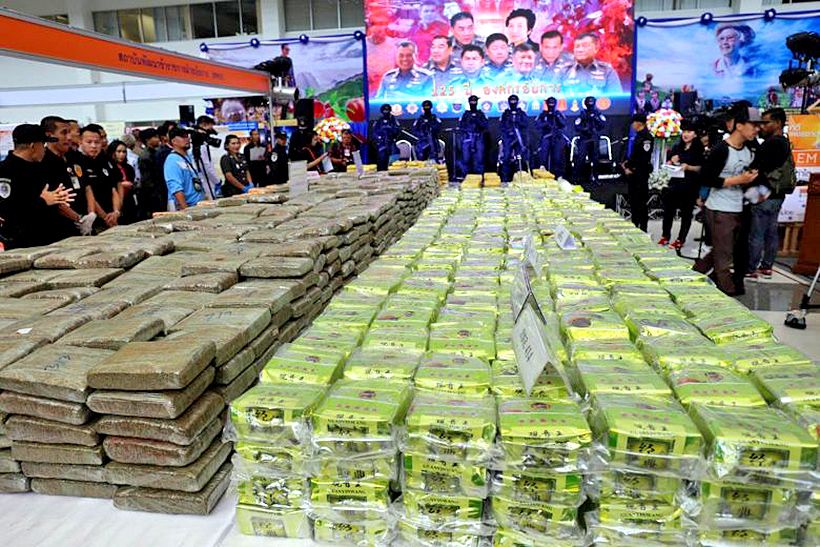
Latest Thailand News
Follow The Thaiger on Google News:

